It isn’t easy to provide a definitive answer to how much weight soldiers carry on deployment. However, it is estimated that soldiers and Marines deployed to Iraq and Afghanistan routinely carried between 60 and 120 pounds of gear, including body armor, weapons, and batteries. This exceeds the regular combat load recommended by the Army Science Board in 2001, which suggested that soldiers should not carry more than 50 pounds for an extended period. The weight of equipment can vary depending on the specific mission and unit, so it is difficult to pinpoint an exact number.

Combat load weight
Infantry troops deployed to a combat zone typically carry a significant amount of gear, referred to as a “buttload.” This weight can be even more burdensome when combined with the thin, high-altitude mountain air and heat, as experienced in places like Afghanistan. The regular combat load includes a personal weapon (such as an assault rifle, SAW, or sniper rifle, depending on the soldier’s role in the team) and a sidearm, both with additional magazines and ammunition (it is probably at least seven mags if we speak about assault rifle and at least two or three mags for the sidearm).
It also includes kevlar armor, such as the regular army-issue flak jacket with front, back, and side SAPI plates weighing around 30 pounds. This equipment can be physically taxing to carry, especially in challenging conditions.

It is important to note that the amount of gear carried by troops can vary depending on the specific requirements of the mission or their role within the unit. However, it is also essential to understand that no one carries less than others and that all soldiers are expected to carry a significant amount of equipment regardless of their specific duties or missions.
Additional equipment
All soldiers, from medics to mortarmen, carry mission-essential gear and additional equipment related to their position on the team. For example, a medic may take a first aid bag in addition to their standard kit, while a squad leader may have additional equipment such as a radio, binoculars, and GPS. In the case of an infantry platoon on a recon patrol, many members may also carry additional machine gun rounds. For example, having a radio alone can add 10 pounds, and the batteries for the radio can weigh 2-3 pounds each, bringing the total weight to 22 pounds or more.
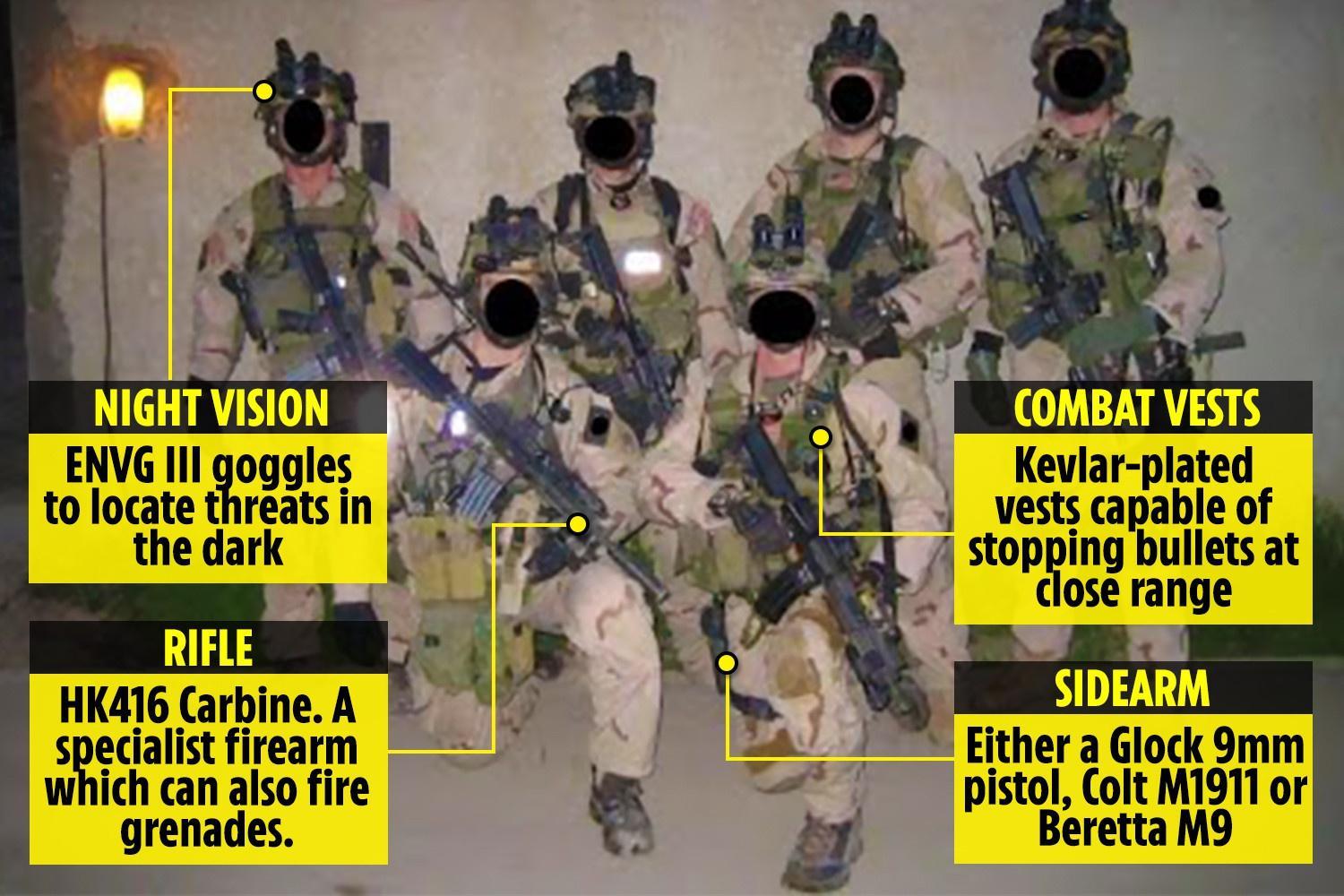
The amount of gear soldiers carry can also vary depending on the environment in which they operate. For example, in hot and dry regions like Iraq and Afghanistan, soldiers may need to carry additional water reserves. This can add 9 pounds between Camelback and water bottles. Miscellaneous items such as knives, clothing, gloves, sunglasses, and boots can add 10 pounds or more.
Special operations forces like Navy SEALs, Army Delta Force, or regular Army Special Forces may also carry additional equipment such as hand grenades, NVGs, and other specialized gear as needed for their missions. It is essential to consider the physical demands of having this equipment, especially in challenging conditions.
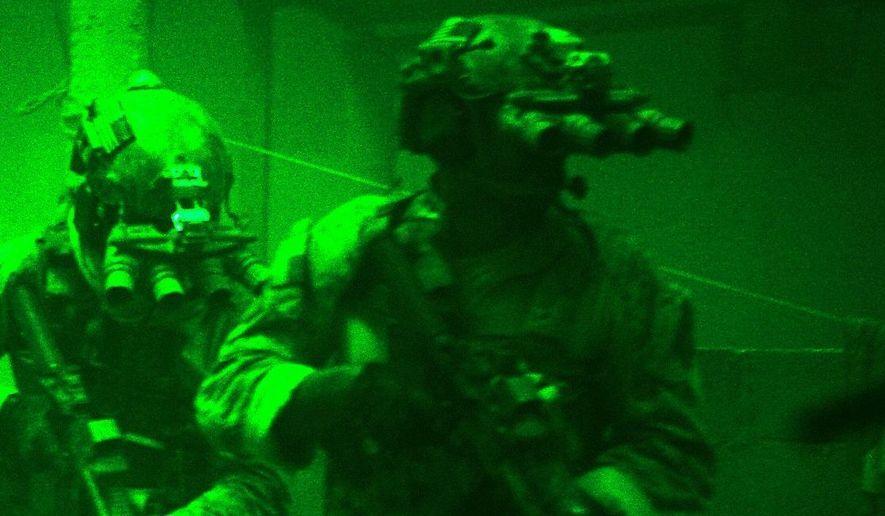
Type of mission
The type of mission can also determine the amount of additional equipment that must be carried. It depends on the specific tasks, such as ambush, movement to contact, recon, raid, condone, and search. The type of mission determines what equipment a soldier must carry. While it may seem like a lot, it is essential to have enough ammunition, water, and other supplies to save lives in combat potentially. It is better to have too much than not enough in a dangerous situation.
Weight of war: Health issues
Since 2001 and the invasion of Afghanistan (and later Iraq), many soldiers were subdued to the pain caused by the heavy load they carried during the time. The heavy loads shouldered over months of duty contribute to the chronic pain suffered by soldiers.

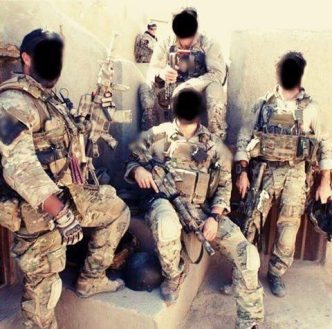
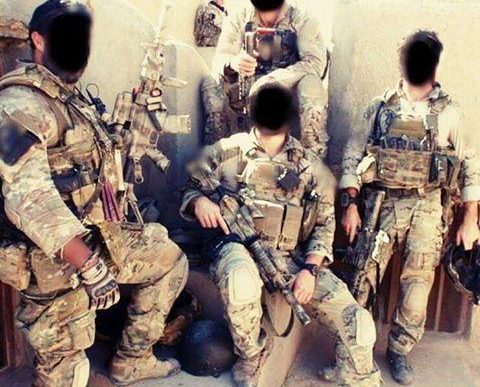
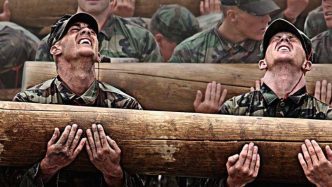
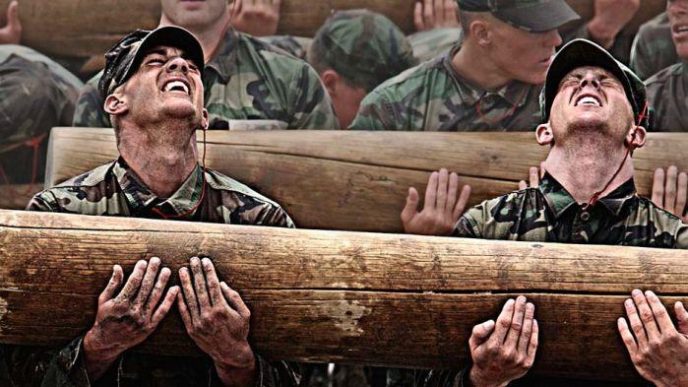
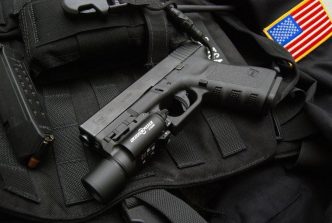
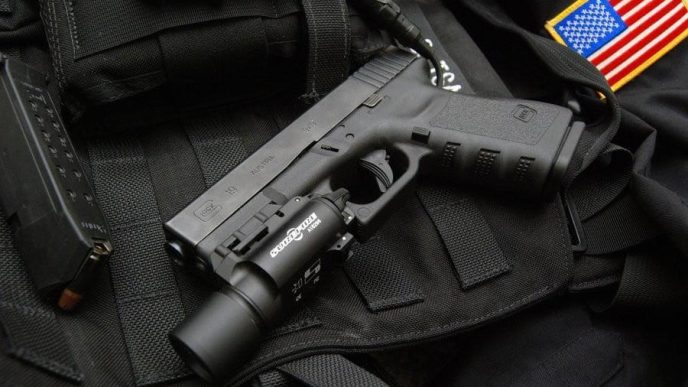
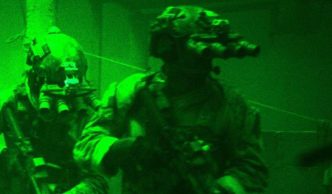
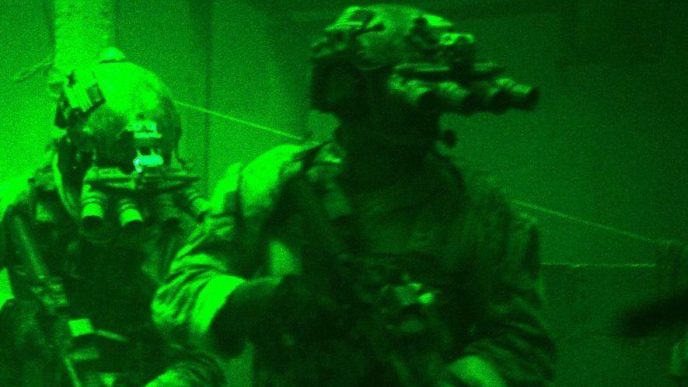
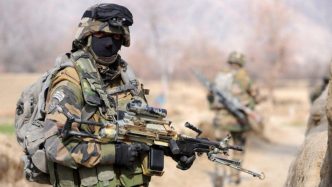
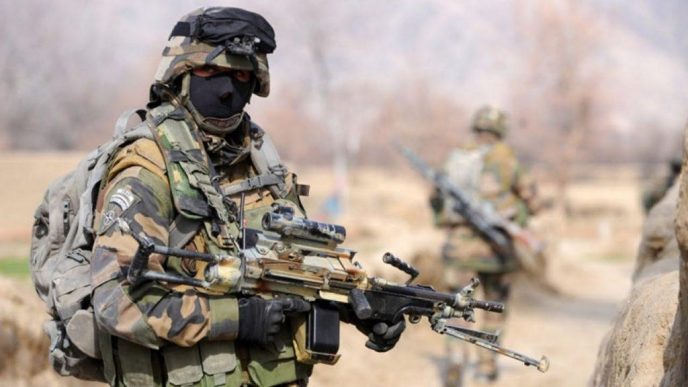
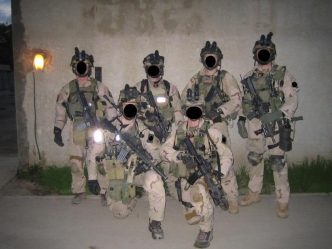
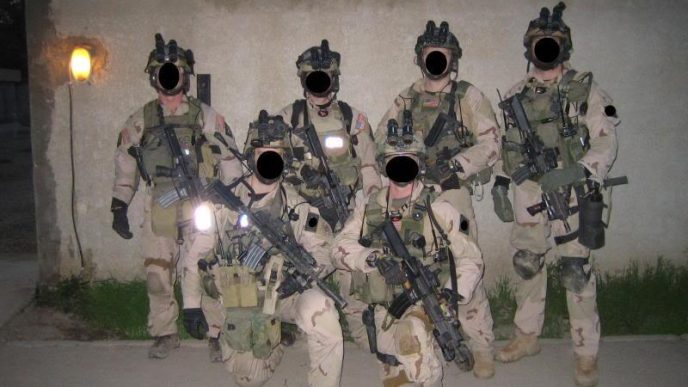
That is some old-school Marine kit in the top photo. And I’m a friggin Navy POG.